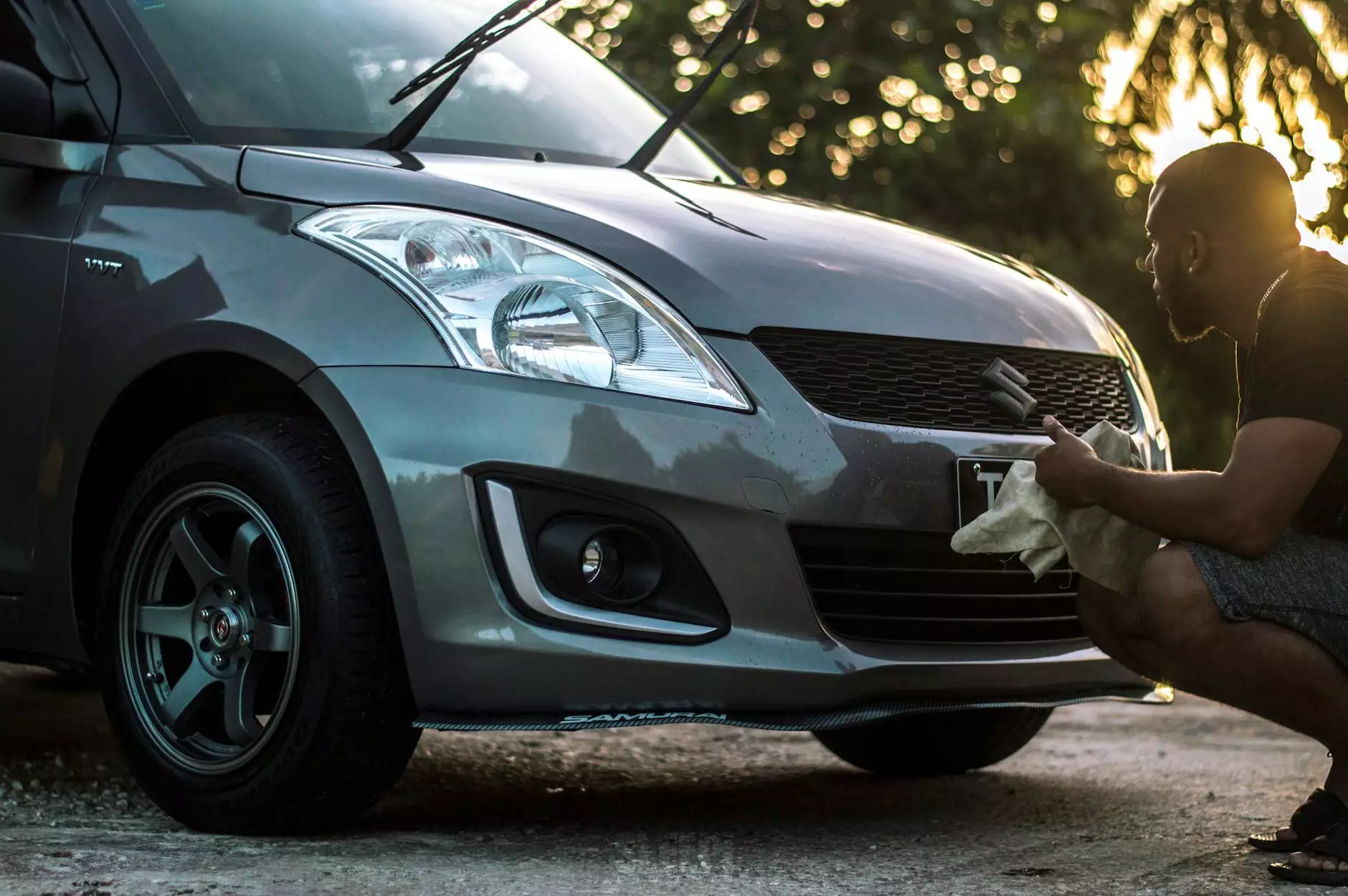The Importance of A Tie Rod in Your Vehicle's Performance

When it comes to automobile mechanics, one component that often goes unnoticed until something goes wrong is the tie rod. As a crucial part of your vehicle’s steering and suspension system, the tie rod plays a significant role in ensuring your car’s reliability, safety, and overall driving experience. In this article, we will delve into the intricate workings of a tie rod, its types, maintenance, and why it is indispensable for every vehicle owner.
Understanding the Basics: What is a Tie Rod?
A tie rod is an integral component of a vehicle's steering system. It connects the steering rack to the steering knuckle and helps to transfer the driver’s input from the steering wheel to the front wheels. Essentially, the tie rod helps the wheels to turn left and right, allowing drivers to maneuver their vehicle safely on the road.
Types of Tie Rods
There are primarily two types of tie rods:
- Inner Tie Rods: These are located closest to the steering rack. Inner tie rods play a crucial role in maintaining the stability of the steering system.
- Outer Tie Rods: Positioned at the end of the tie rod assembly, outer tie rods connect to the steering knuckle and are subjected to more wear and tear due to constant movement.
Functions of A Tie Rod
The tie rod serves several key functions within the vehicle’s overall operation:
- Steering Control: By linking the steering gears to the wheels, tie rods allow the vehicle to move in the direction intended by the driver.
- Alignment Maintenance: Properly functioning tie rods contribute to maintaining the vehicle's alignment, enhancing tire longevity and ensuring a stable ride.
- Shock Absorption: Tie rods are designed to absorb some impact from rough surfaces, which helps reduce wear on the steering components.
Signs of a Failing Tie Rod
Recognizing the signs of a failing tie rod is crucial for timely repairs and to prevent accidents. Here are some indicators:
- Steering Play: A loose steering wheel that requires excessive turning to achieve the desired direction is a clear sign of potential tie rod issues.
- Uneven Tire Wear: If your tires show inconsistent wear patterns, it might be time to have your tie rods checked.
- Clunking Noises: Hearing a clunking or knocking sound while turning the wheel can indicate a problem with the tie rod assembly.
- Vibration in the Steering Wheel: Excessive vibrations can alert you to faulty tie rods, which may lead to unsafe driving conditions.
Maintenance Tips for Your Tie Rods
Ensuring that your tie rods are in good condition requires regular maintenance and inspection. Here are some effective tips:
- Regular Inspections: Have your vehicle’s tie rods inspected during routine maintenance checks.
- Alignment Services: Schedule alignment services periodically to ensure all suspension components, including tie rods, are functioning correctly.
- Watch for Warning Signs: Stay attentive to any changes in steering or handling performance.
- Replace Worn Parts Promptly: If any part of the tie rod assembly is worn, replace it immediately to avoid further damage.
The Impact of Tie Rods on Driving Safety
Driving safety cannot be overstated. A compromised tie rod can adversely affect your vehicle’s handling, which may lead to accidents. Maintaining the integrity of your tie rods is essential for several reasons:
- Steering Responsiveness: A well-maintained tie rod ensures that the steering system responds effectively to driver input.
- Minimized Risk of Accidents: Regular checks and maintenance of tie rods reduce the likelihood of sudden steering failure.
- Enhances Vehicle Lifespan: Keeping your tie rods in good condition contributes positively to the overall health of your vehicle, ensuring longevity.
The Cost of Ignoring Tie Rod Issues
There is a significant cost associated with ignoring tie rod issues. Here's what can happen:
- Accidents: A compromised tie rod may lead to an unexpected loss of steering control, resulting in accidents that could be fatal.
- Higher Repair Costs: What might have been a simple repair can turn into a more complicated issue, leading to higher expenses down the line.
- Tire Replacement: Worn tie rods can lead to uneven tire wear, requiring more frequent tire replacements—a substantial long-term cost.
Buying A Tie Rod: What to Look For
When purchasing a new tie rod, consider the following factors to ensure you're getting a part that meets high standards:
- Quality: Look for tie rods made from durable materials, such as high-strength steel, to withstand regular wear.
- Brand Reputation: Opt for parts from reputable brands known for their quality.
- Compatibility: Ensure the tie rod is compatible with your vehicle's make and model.
Conclusion
In conclusion, understanding the role of a tie rod in your vehicle is paramount for every car owner. Regular maintenance, prompt repairs, and being aware of the conditions that indicate a failing tie rod will ensure your safety on the road. Remember, it's not just about steering your car; it's about steering it safely. Trust in quality parts and services, such as those offered by imautoparts.com, to keep your vehicle in optimal condition.
By being proactive about your tie rods, you are investing in the safety, longevity, and overall performance of your vehicle.









